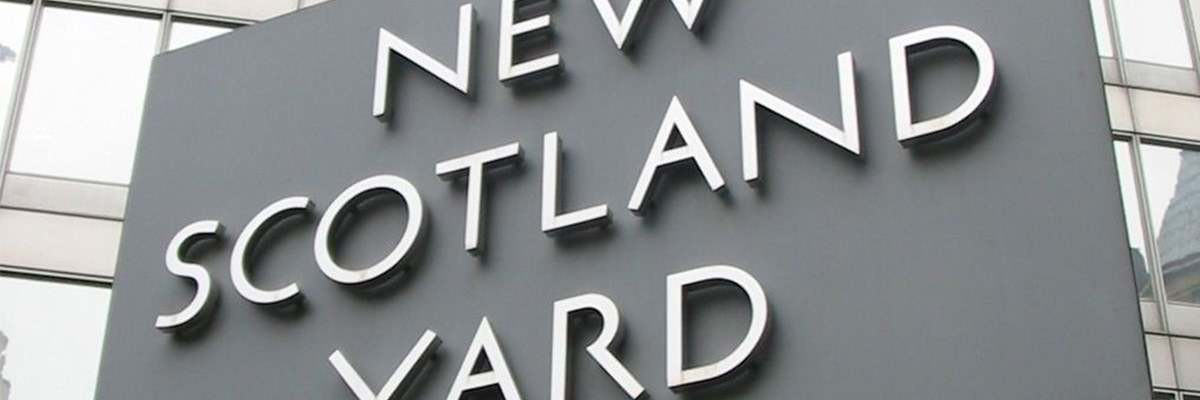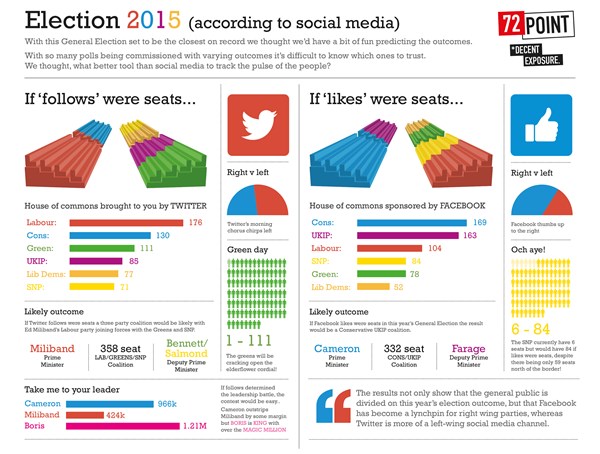The days of the motorway speed bully furiously flashing his lights as drives aggressively up to the boot of your car could soon be over.
A speed limiting device being tested by the Government could make the speed bully just a bad memory as what many view as Big Brother takes over your car.
The satellite based box of tricks, known as the Intelligent Speed Adaption System would automatically force cars to keep to the speed limit by cross referencing positioning information taken from an orbiting satellite with computerised maps and speed limit information held on a laptop computer currently housed in the boot of the car.
Information from the computer can then be passed on to the brakes and the engine management system, automatically forcing an errant car to slow down.
It is technology that eventually may be built into powerful internal electronic systems planned for the next generation of cars which will offer internet access and a whole range of electronic add-ons such as in car entertainment, windscreen data display and traffic and weather reports.
ISAS is part of a European initiative to cut road accidents and reduce pollution, and as a by product the car management technology could spawn a radical new change to car culture.
Its makers claim the system is so sophisticated that it will even allow the police to slow down specific cars by matching unique ID numbers from a particular car and matching them to a number plate so that motorway speed police will only have to enter the number of a car they are chasing for it to be slowed to a crawl.
Indeed it’s control is so absolute that it can even force your car to comply with environmental restrictions because ISAS is capable of not only slowing you down but also completely take over you car according to Samantha Comte, a Leeds University psychologist working on the joint project between the university and Coventry-based Motor Industry Research Association.
“It is possible with some of the systems that we have been looking at for the engine management system to be changed so that we can control the amount of pollution in places like cities.
“If necessary we could even introduce restrictions in particular areas like accident black-spots and bends near schools to cut a vehicles speed,” said Comte, whose has involved gauging the reaction of the general public to the scheme.
“In general people don’t seem to particularly like the system but that is more because it makes them feel odd because they said it felt strange to be the only person on the road keeping to the speed limit.”
According to Comte, it’s most compelling argument is the ability to reduce accidents by around 35% as any reduction in speed reduces the lethality of a vehicle.
“All it does is remove the ability of a driver to break the law.”
If introduced the system would use a central computer to broadcast rules relating to particular areas to the satellite which would then pass that information onto a cars on-board computer meaning that all of the instructions are really carried out by the car itself, the only information being passed back being a pulse to the satellite so the car’s position can be updated.
The moment a car enters a restricted area a light on the dashboard flashes a warning to the driver. If they take no notice, signals sent from the technological equivalent of the back-seat driver decrease power to the engine and gently activate the brakes to bring the car in line with the law.
But it is the technology’s ability to precisely pinpoint an individual’s whereabouts that is likely to raise even greater concerns. Transponders already being included with most new cars that make possible internet hook-ups and in-car map and positioning information also have to send unique driver ID data back up to the satellite, information that can let the police
Currently being tested in and around Leeds and in a 6,000 car pilot in Sweden, according to a spokesman for the Department of the Environment Transport and the Regions, the initial results from a specially equipped Ford Escort and a virtual reality computer simulation have proved encouraging with the DETR expected to announce that the findings from the trial have shown that most people are prepared to embrace the technology so long as it is in all cars
Introducing such a system onto the UK’s roads would be remarkably easy as many new cars are already equipped with transponders that provide positioning and map information to drivers and allow them to be directly linked to the internet, linking these transponders to purpose made systems in a car’s engine management system requiring very little alteration if any to the current design.
A prospect that has not been welcomed by everyone.
According to Motor Cycle News, which is appalled at the thought the system could begin to make its appearance on motorbikes within five years, “the ability to move quickly is one of the greatest defences we have when another road user is acting like an idiot.
“In certain circumstances it could impair a rider’s ability to avoid an accident.”
While a spokeswoman for the RAC commented that “while there was a place for technology the biggest tool we have is education so that drivers can taught to use safe and appropriate speeds for road conditions. Anything that reduces speed is a good but it should not be done at the expense of freedom.”
Though the technology was branded as dangerous and absurd by privacy campaigners.
“Anything that takes away our anonymity on the open road is absurd,” said Simon Davies, Director of Privacy International. “This shows a great faith in technology – what happens if you slow down and another car following you doesn’t, although the driver is expecting his car too?”
And for those opposed to the system turning it off may not be an option as cars controlled by people will become extremely noticeable according to those working on the system.
Though there is one compensation for the impatient car driver, the system still gives control of the headlights to the car’s driver.
___________________________________________________________________________________________
First published Scotland on Sunday 4th of November, 1999






